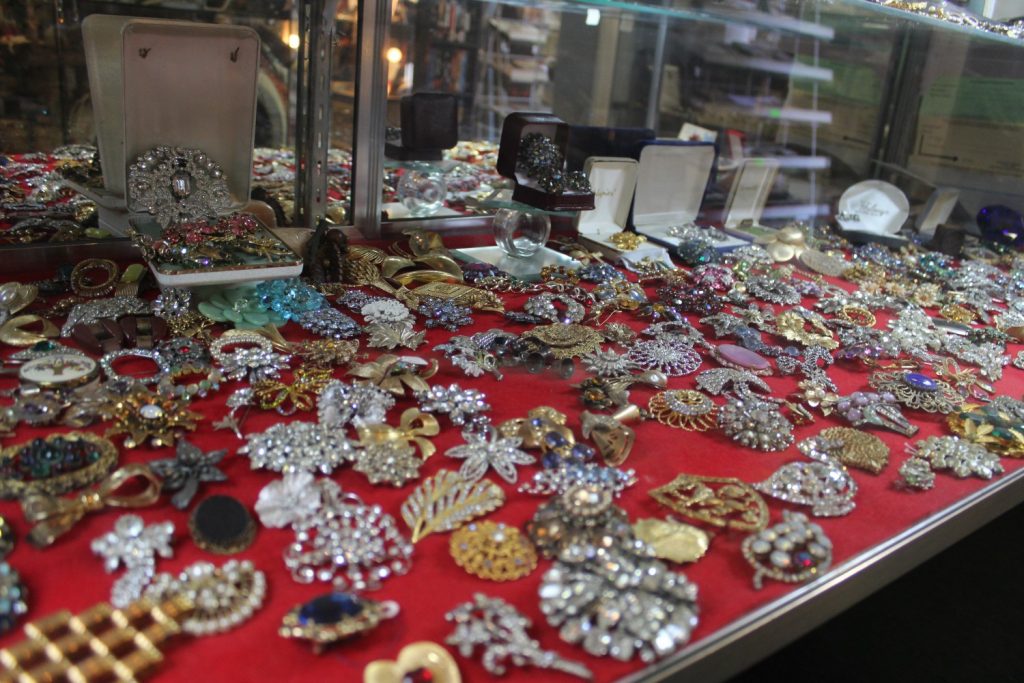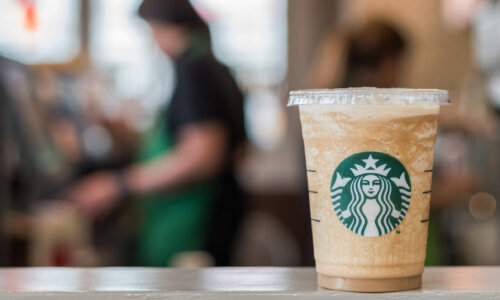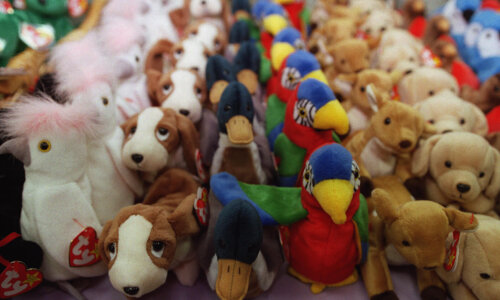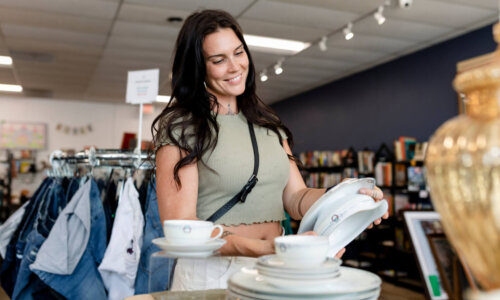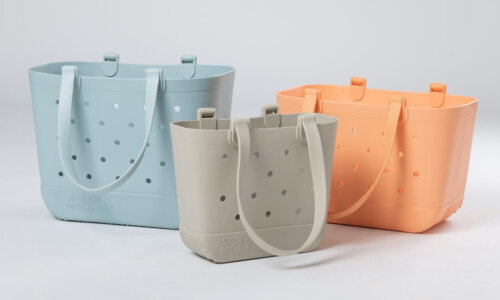We’ve all heard the phrase “finding a diamond in the rough.” One woman took the phrase literally, and developed a lucrative treasure hunting strategy. In fact, Jesse Gernigin made a whopping $9,000 on her flea market finds, and now she’s sharing her tips.
Gernigin’s story started last summer, when she bought a junk box at a flea market and found a bag of costume jewelry inside. Sorting through the tangle of necklaces, earrings, and brooches revealed three rings she believed to be genuine gold. A trip to a local jewelry store confirmed her assessment, and the jeweler told her something shocking: Not only do people throw away genuine gold all the time, but if she was able to find more and bring it in, he would pay her 80 percent of the melt weight for it (in other words, if she brought in gold worth $100, she’d get paid $80).
Gernigin was game for a treasure hunt, and started hitting up flea markets in search of more gold pieces mixed in with costume jewelry. Within a few months, she had managed to bring the jeweler $14,000 worth of real gold. “After subtracting the cost of buying the gold items,” she writes, “I was left with about $9,000 in profit. Not too shabby!”
Not too shabby at all. If you’d like to give modern day treasure hunting a try, Gernigin has some tips for you. First and foremost, choose your flea markets carefully. “Make sure there are at least 60 or more vendors,” she writes. “Avoid small markets — they’re often more social meetings than markets.” Once you’ve identified a promising market, be sure to show up first thing in the morning for the best chance at scoring the best jewelry bags.
Now when it comes to identifying the gold, there are many tips out there for how to tell the real thing, but Gernigin advises keeping it simple and just looking for clearly marked gold that’s labeled “10k” or “14k.” Her particular flea market strategy is what makes this possible. “I buy real gold mixed in bags of costume jewelry,” she writes. “If the gold is fake, I’ve only spent $2-$10 on the bag, which makes it easy to absorb the loss.”
Other tips? Avoid bags of jewelry that are heavy on necklaces, which are often gold plated; rings and earrings are much more likely to be made of real gold. Take your gold to jewelry stores rather than gold buyers, as the latter have a reputation for underpaying. And finally, be patient and enjoy the hunt itself. “Generally, I go through six medium bags of jewelry before I find gold,” Gernigin says. “I’ve had weekends where I make $1,000, and weekends where I make nothing.”
As long as you’re enjoying the process, your treasure hunting weekends won’t always bring you riches, but they will always be fun.
[h/t: The Penny Hoarder]
